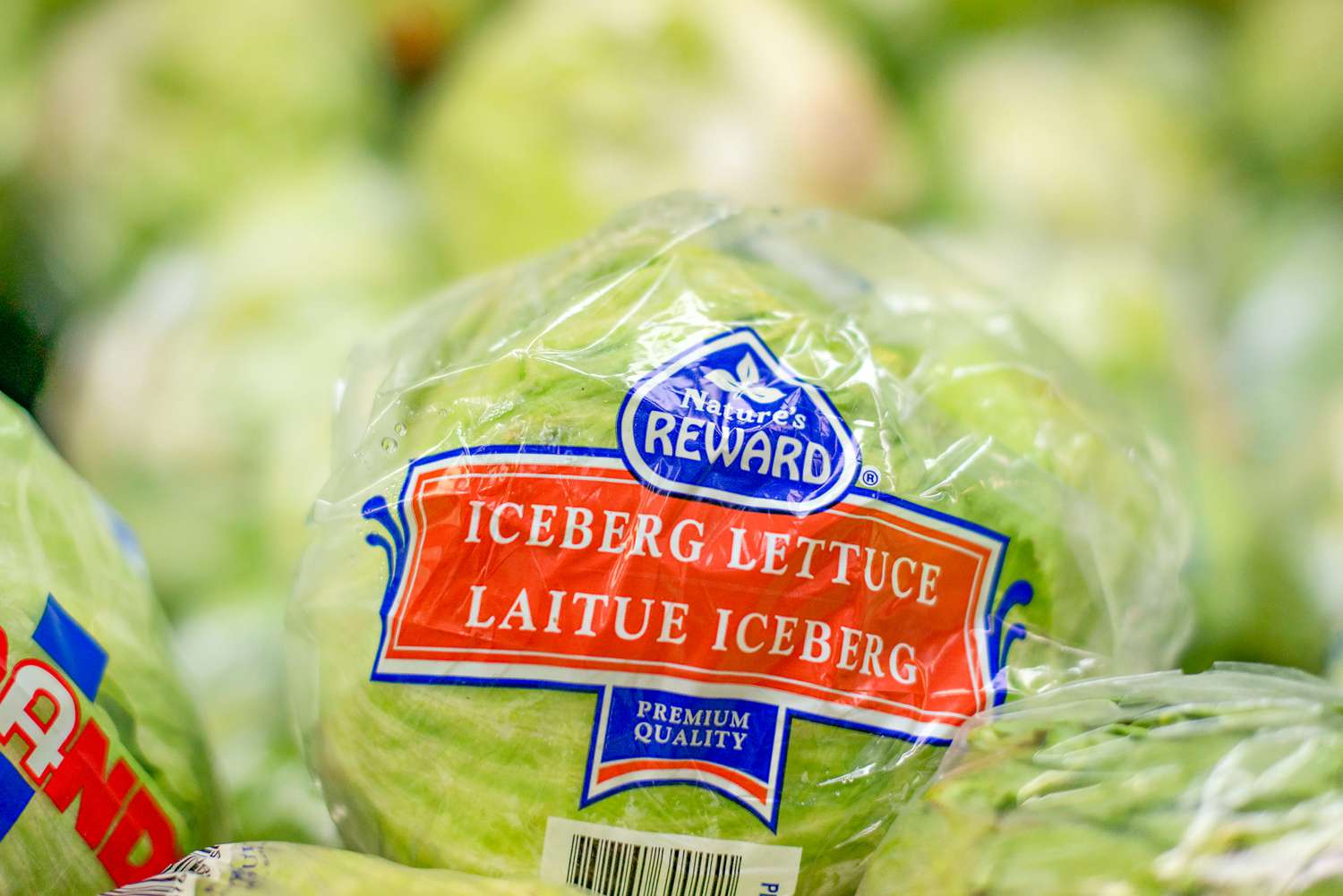There’s something I find very promising about fresh lettuce: all that crunchiness ready to be piled on my sandwiches and tossed into vibrant salads. But my excitement quickly turns to disappointment when I open the crisper drawer and discover a soggy, wilted mess. This all-too-common experience got me wondering what the best way to store lettuce is.
Keeping your lettuce fresh longer is all about moisture and storage, says Emily Moyer, vice president of regulatory compliance and global food safety for the International Fresh Produce Association.
“The main thing to do to combat spoilage is to not leave excess water on the lettuce, so Do not wash head lettuce until you are ready to eat it.” explains Moyer.
Not only should you avoid washing lettuce right after you get it home from the store, you should also keep it whole. “By cutting lettuce, you’re exposing a larger surface area that can lose moisture,” Moyer says. “And a larger surface area that can harbor mold and bacteria in the environment, so don't cut it until you're ready to eat it.”
Waiting to wash or cut lettuce until just before serving helps prevent water from pooling on the leaves and reduces the surface area susceptible to mold and bacteria. Microorganisms generally grow more quickly in the presence of moisture and oxygen.
How to store lettuce
Lettuce stores best in a high-humidity environment, Moyer says. If your refrigerator has a crisper drawer with humidity control, set it to high humidity and store your lettuce, still wrapped in its original packaging, in that drawer. As for temperature, the U.S. Food and Drug Administration recommends keeping your refrigerator at or below 40°F for best food storage.
It's also important to watch what produce you store with lettuce. Don't store leafy greens near avocados, apples, or other produce varieties that release a lot of ethylene. Ethylene is a gas released by some fruits and vegetables that can speed up the ripening (and spoilage) of other types of produce. Lettuce is sensitive to ethylene, which means it can spoil more quickly when stored near these foods.
Depending on how you store it, the shelf life of whole lettuces can range from one to three weeks. “The shelf life depends on how old the product is when you buy it and whether you maintain ideal storage conditions once you get it home,” says Moyer. Since there’s no way to know how old your lettuce is when you buy it, it’s even more important to store it in the right conditions.
Simple Recipes / Getty Images
How to Revive Wilted Lettuce
If your lettuce is looking a little worn, you may be able to revive it. Moyer suggests placing it in a bowl of ice water and letting it soak for 15 to 20 minutes. Rinse it under cold running water, drain well, then pat it dry (or run it through a salad spinner) and use immediately.
“You should not store revived lettuce for later use because the excess moisture added to the lettuce will increase the rate of spoilage,” Moyer says.
What about bagged lettuce?
Bagged greens have completely different rules than whole lettuce. To keep them fresh, don't open them until you're ready to eat them. Once opened, you can store lettuce in its original bag, but squeezing out any extra air and closing the bag with a clip will extend its shelf life.
“There is no need to rewash lettuce that is cut and packaged at home,” Moyer says. “If you choose to wash it at home, its shelf life may be reduced if excess water remains on the lettuce.”



